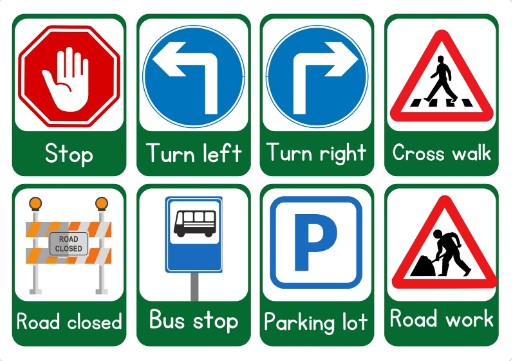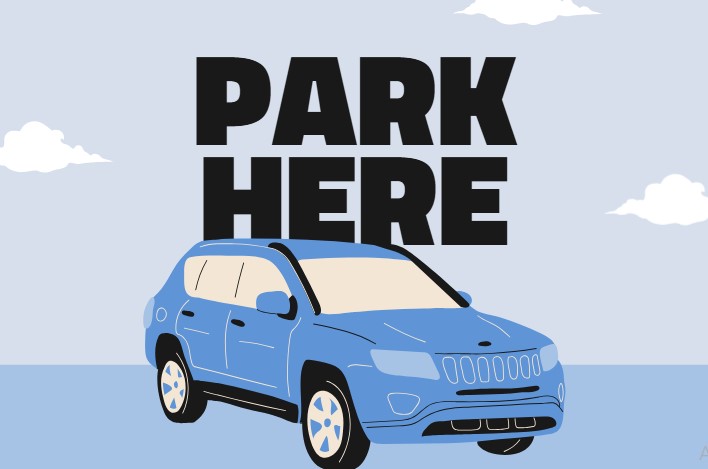The Most Common Mistakes Learners Make During Driving Tests
Introduction to Driving Test Challenges
Taking a driving test can be nerve-racking, especially for new drivers in London. Despite hours of practice, many learners fail due to simple yet avoidable mistakes. London’s top instructors often remind students that driving tests assess not only technical ability but also calmness, awareness, and decision-making under pressure. Understanding the most common mistakes can help learners prepare effectively and boost their confidence before test day. This blog explores the top reasons learners fail their driving tests and how you can avoid them through proper practice and expert guidance.
Poor Observation and Mirror Checks
One of the most frequent reasons for failure in London’s driving tests is inadequate observation. Many learners forget to check mirrors before signalling, changing lanes, or slowing down. The key to success is the “mirror-signal-manoeuvre” routine, which must become second nature. Instructors encourage students to practise continuous scanning, especially in busy London streets where cyclists and pedestrians are everywhere. Failure to observe properly is considered a major fault, so developing consistent observation habits is crucial for passing your test safely and confidently.
Incorrect Lane Discipline
Lane discipline errors are another common pitfall. Learners often drift between lanes, misjudge positioning, or enter roundabouts from the wrong lane. London’s complex road layouts, especially at busy junctions, make lane discipline vital. Driving instructors recommend understanding road markings early and practising lane positioning in real traffic. Staying within your lane and signalling correctly shows control and awareness, two qualities examiners value most. Remember: lane mistakes are easy to avoid with practice and concentration.
Improper Speed Control
Driving too fast or too slow can both result in test failure. Many learners become nervous and drive below the speed limit, frustrating other road users and showing lack of confidence. Conversely, exceeding speed limits—even slightly—signals poor judgment. Instructors advise learners to maintain appropriate speed for the road and traffic conditions. Smooth acceleration and braking demonstrate confidence, awareness, and control. Remember, your examiner wants to see safe driving, not racing or hesitating unnecessarily.
Hesitation at Junctions and Roundabouts
Hesitation is one of the top reasons learners fail in London driving tests. Many students pause too long at junctions or roundabouts, unsure when to proceed. This hesitation disrupts traffic flow and can cause unsafe situations. On the other hand, rushing out without proper observation is equally dangerous. The solution lies in practising judgement under instructor supervision. Learning when it’s safe to go—without panicking—comes with experience and builds trust in your own driving skills.
Poor Clutch and Gear Control
For manual car learners, clutch control is often a major challenge. Stalling, jerky movements, or incorrect gear selection can cause stress and signal lack of control. London’s stop-and-go traffic requires smooth clutch coordination and timely gear changes. Instructors suggest practising in both quiet and busy areas to master control under pressure. Understanding when to change gears and keeping calm during stalls helps maintain composure during the driving test.
Failure to Respond to Road Signs
Ignoring or misinterpreting road signs is a critical mistake that can result in an instant fail. Many learners focus too much on steering or mirrors and overlook signs. In London, where roads are filled with speed limits, no-entry zones, and bus lanes, reading signs accurately is essential. Instructors emphasise early recognition and anticipation—knowing what’s ahead before you reach it. This not only helps during the test but also promotes lifelong safe driving habits.
Inadequate Steering Control
Incorrect hand positioning and over-steering are common issues among learners. Proper steering demonstrates control and awareness, while poor steering indicates lack of coordination. During tests, London examiners observe how you manage turns, corners, and roundabouts. Smooth, steady movements with hands at the correct position show confidence. Practise slow-speed manoeuvres like parallel parking or reversing to improve steering accuracy and reduce test-day stress.
Incorrect Use of Indicators
Many learners forget to signal when changing lanes or turning, or they signal too early or late. Indicators communicate your intentions to other road users, making them essential for safe driving. London’s busy intersections require clear and timely signalling. Practise the mirror-signal-manoeuvre routine consistently. Your instructor can help you develop timing and awareness so your indicators become a natural reflex during real traffic situations.
Not Maintaining Proper Following Distance
Tailgating or driving too close to the vehicle ahead is a serious safety issue. The “two-second rule” is essential—keep at least a two-second gap between your car and the one in front. In rainy or foggy London weather, increase the distance to allow for longer stopping times. Driving instructors highlight that keeping distance not only prevents accidents but also shows examiners that you understand defensive driving principles.
Struggling with Parking Manoeuvres
Parallel parking, bay parking, and reversing around corners are skills that many learners fear. These manoeuvres test spatial awareness and control. London’s narrow streets make these tasks even trickier. The secret to mastering them is consistent practice. Breaking each manoeuvre into clear steps and practising with cones or markers can help. London instructors recommend visualising parking spaces and controlling speed carefully during these exercises.
Lack of Confidence and Overthinking
Anxiety and overthinking can lead to avoidable mistakes. Many learners fail not due to lack of skill but because of nerves. Instructors encourage relaxation techniques such as deep breathing and positive visualisation. Building confidence through consistent lessons and mock tests is essential. Remember, mistakes happen; it’s how you recover that matters most. Staying calm under pressure is a skill every great driver develops with time and practice.
Ignoring the Examiner’s Instructions
Sometimes, nervous learners mishear or misunderstand an examiner’s instructions. Not following directions properly may count as a fault. Listening carefully, staying calm, and asking politely for repetition if unclear are important. London’s driving examiners appreciate composure and communication. Practise active listening during lessons to improve understanding under test conditions. Clear communication ensures smoother, safer driving throughout your test.
Not Practising Enough Before the Test
Insufficient practice is a key reason many learners fail. Instructors recommend taking at least 40–50 hours of supervised driving before attempting the test. This includes exposure to varied conditions like rain, night driving, and high-traffic routes. In London, practising near test centres helps learners become familiar with common routes and challenges. The more prepared you are, the more confident you’ll feel on test day.
Overcoming Mistakes and Staying Positive
Even if you fail your first driving test, don’t give up. Every test is a learning experience. Analyse your feedback, identify weak areas, and practise more with your instructor. Confidence grows through persistence and experience. London’s best driving instructors remind students that every confident driver once started as a nervous beginner. With patience, practice, and the right attitude, you’ll soon be driving independently and safely across the city.
Frequently Asked Questions (FAQs)
1. What is the most common reason learners fail their driving test?
Poor observation and mirror checks are the most frequent causes of failure in London driving tests.
2. How can I improve my confidence before the test?
Take mock tests, practise regularly, and use relaxation techniques like deep breathing.
3. Should I take lessons near my test centre?
Yes. Familiarising yourself with local roads can reduce stress and improve performance.
4. How many minor faults are allowed in the UK driving test?
You can have up to 15 minor faults but zero serious or dangerous ones.
5. What happens if I stall during the test?
Stay calm, restart the car safely, and continue. It’s only a minor fault if handled correctly.
6. How long should I practise before booking my test?
Most learners need around 40–50 hours of professional instruction to feel confident.
7. What should I do if I make a mistake during the test?
Stay focused. A single mistake doesn’t mean failure unless it’s serious or dangerous.
8. Are automatic cars easier for anxious learners?
Yes, automatics remove the stress of clutch control, making driving smoother for nervous students.
9. Can I ask the examiner to repeat instructions?
Absolutely. It’s better to ask than to misunderstand an instruction.
10. What’s the best way to prepare the night before my test?
Get enough sleep, review your manoeuvres mentally, and avoid over-practising to stay relaxed.
Read more blogs:














